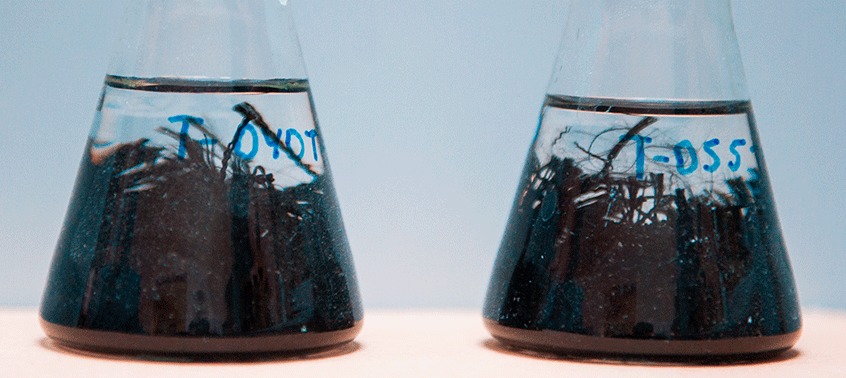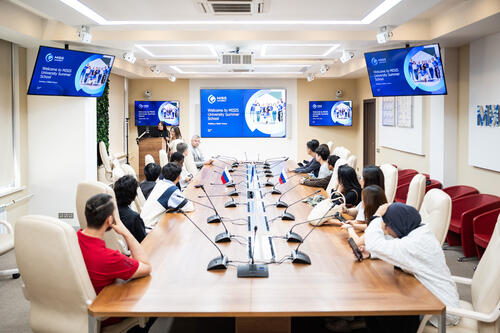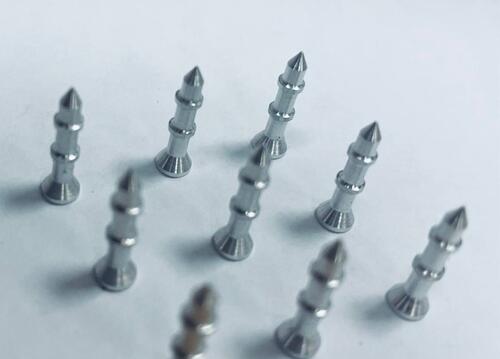Scientists at NUST MISIS developed a nanocarbon material for recuperators in hybrid vehicles. The material allows scientists to make hybrid vehicles more environmentally friendly and reduce fuel consumption by 30%.

The new technology developed by scientists of the “Electrical energy storage devices” laboratory at NUST MISIS is a nanocarbon material that is made from organic fiber. In scientific jargon, such materials are called “whiskers”. The new material has unique properties — high electrical conductivity and high specific capacitance (up to 8 farads/sq. cm). It can successfully compete with graphene and nanotubes due to the unique combination of its properties. In addition, the new material is much cheaper — grapheme costs about $1000 per gram, while the new material costs $20 per kilogram.
“Whiskers” will be used in supercapacitors — the devices that convert kinetic energy of hybrid vehicles during braking into electrical energy. It will allow for more efficient storage and accumulation of braking energy of the vehicle, to be used later for its acceleration.
A similar material, but with significantly lower specific capacitance was tested on several versions of Yo-Mobile. Later, in August 2015, the material was tested in the energy storage devices for hybrid city buses with total voltage of about 900 V. The tests confirmed the effectiveness of the material. In 2017, the specialists at NUST MISIS are going to start pilot production of the material to use it in energy storage devices that are produced on an industrial scale.
“Currently the development of alternative energy in Russia is becoming of great importance. Therefore, the technology created by scientists at NUST MISIS has great prospects. It allows for production of cheap material for supercapacitors from domestic raw carbon material and development of accumulating recuperators. The latter significantly optimizes efficiency of main engines that work on gasoline or diesel fuel. The material also contributes to reduction of harmful emissions into the atmosphere”, said Alevtina Chernikova, Rector of NUST MISIS.
Energy storage devices that are based on the new material can be successfully used in the following environmentally friendly means of transport: private cars, buses, subway systems, etc. It can also find a use for load-lifting construction machinery, elevators, uninterruptible power supply (UPS) systems, energy quality control systems, pulse techniques and even for medicine — pacemakers, CT scanners and
The research is headed by Professor Mikhail Astakhov, Head of the Department of Physical Chemistry of NUST MISIS.


